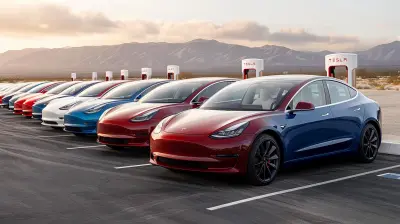How Green Data Centers Are Reducing the Internet's Carbon Footprint
4 June 2025
The internet is a massive beast. From streaming our favorite shows to backing up life’s precious memories in the cloud, everything we do online relies on data centers. But here’s the catch—these data centers aren’t exactly eco-friendly. They consume an insane amount of electricity and generate heat like a furnace.
However, change is in the air. A new wave of green data centers is emerging, designed to slash energy use, cut emissions, and build a more sustainable future for the digital world. So, how exactly are these eco-friendly data hubs making a difference? Let’s dive in.
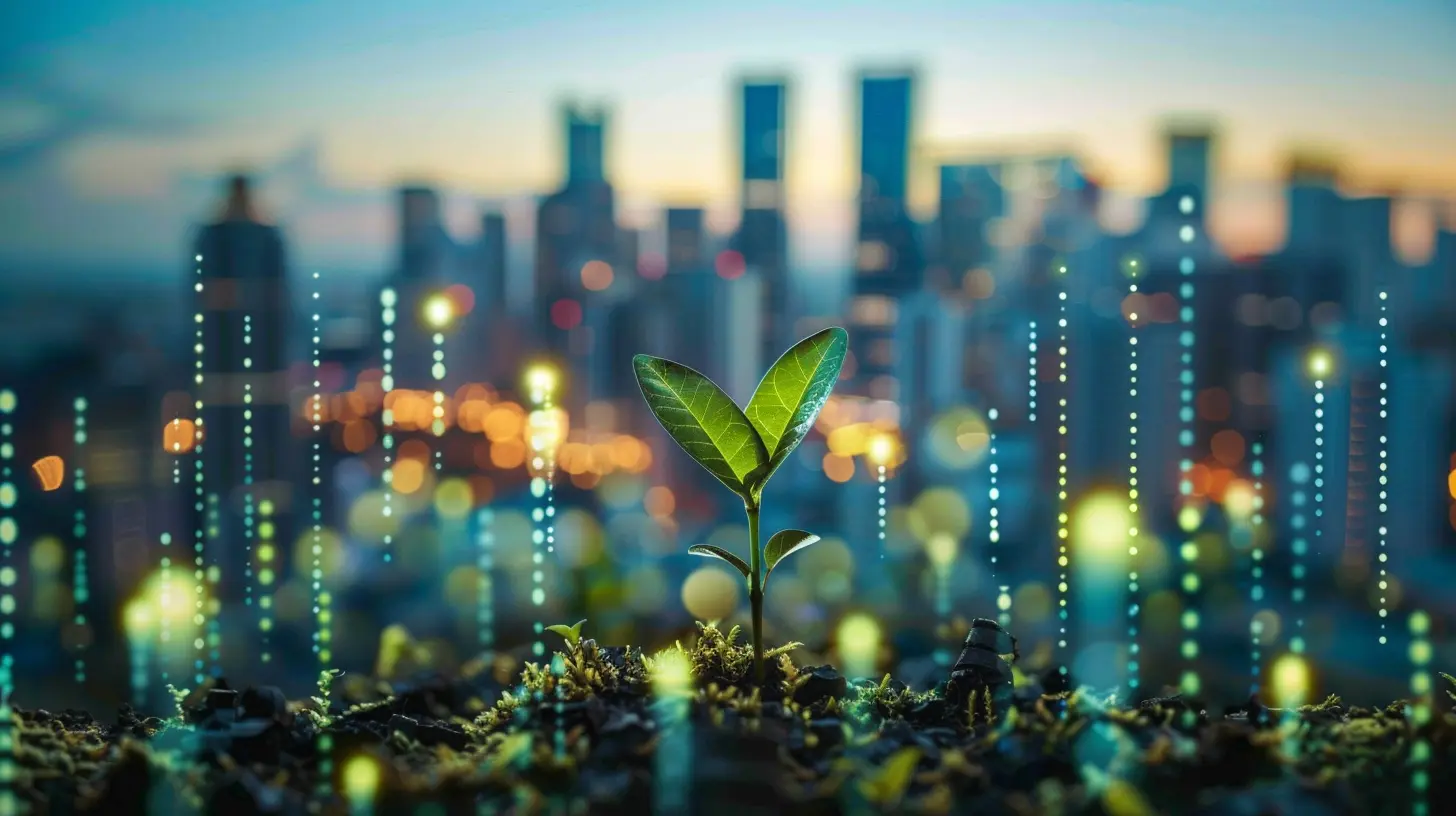
What’s the Big Deal With Data Centers?
Before we get into the green revolution, let’s talk about why traditional data centers are a problem.1. Massive Energy Consumption
Data centers are power-hungry monsters. According to the International Energy Agency (IEA), these facilities chew through around 1% of global electricity demand. That might not sound like much, but when you factor in the billions of devices relying on these centers, you realize the scale of the issue.2. High Carbon Emissions
Most data centers run on electricity, and if that power comes from fossil fuels, we’re talking about a serious carbon footprint. Cooling systems alone can be responsible for 40% of a data center’s total energy use.3. E-Waste and Resource Drain
Beyond electricity use, data centers also contribute to e-waste. Servers don’t last forever, and when they’re replaced, old hardware often ends up in landfills, adding to the planet’s mounting tech waste crisis.So, what’s the solution? Enter green data centers.
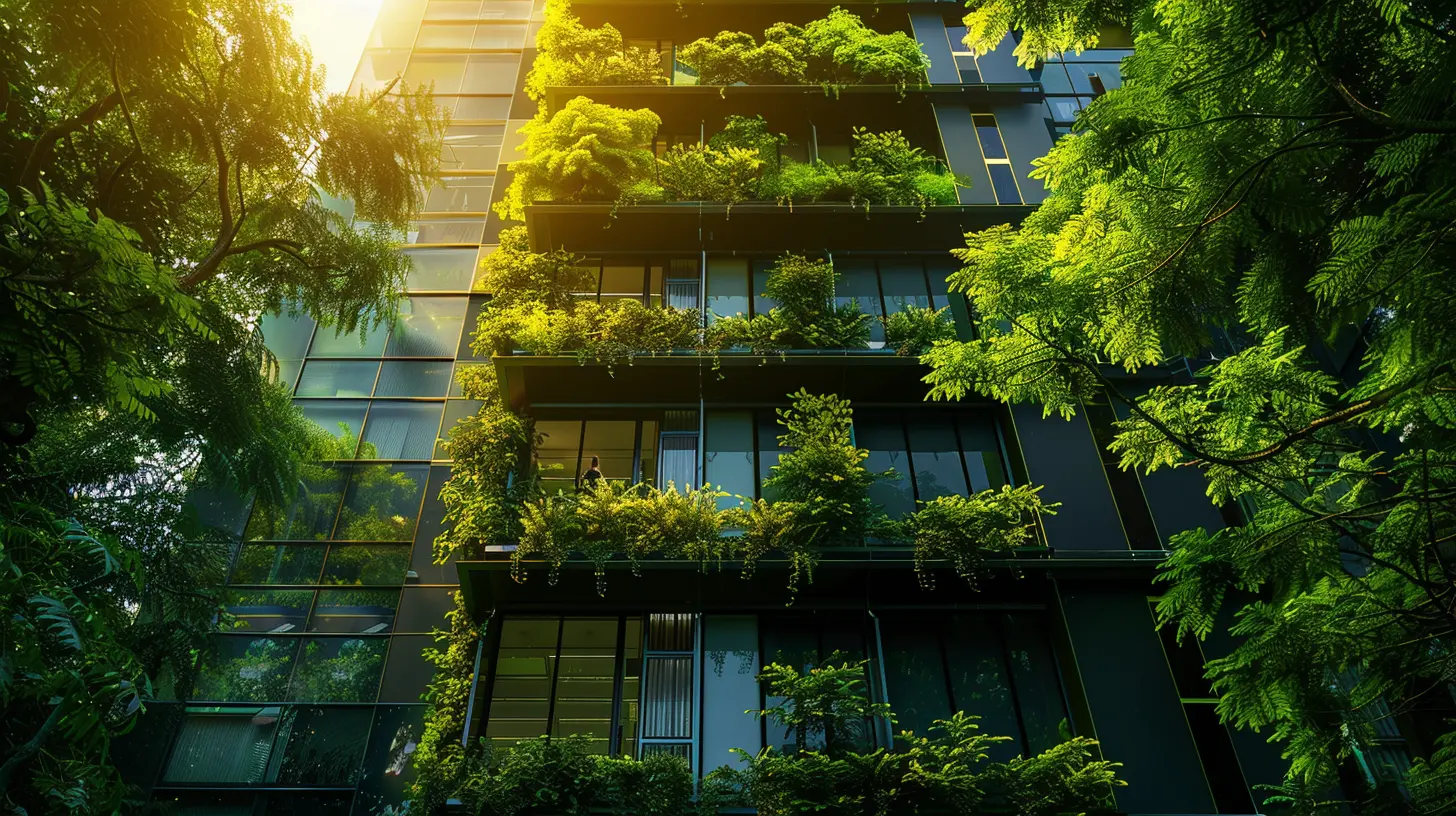
What Are Green Data Centers?
Green data centers are facilities designed to minimize environmental impact by reducing energy consumption, using sustainable power sources, and implementing eco-friendly cooling systems. Unlike traditional centers, these new-age hubs focus on efficiency while embracing clean energy.Key Features of Green Data Centers
Green data centers differ from traditional setups in several ways:- Renewable Energy – They rely on solar, wind, or hydroelectric power instead of fossil fuels.
- Efficient Cooling Systems – Many use AI-driven cooling and natural air systems to cut down on energy use.
- Energy-Saving Hardware – Low-power servers and energy-efficient processors help reduce overall consumption.
- Recyclable & Modular Equipment – These data centers use hardware that can be reused, upgraded, or recycled instead of being discarded.
Now, let’s break down exactly how these green data hubs are reshaping the internet’s energy footprint.
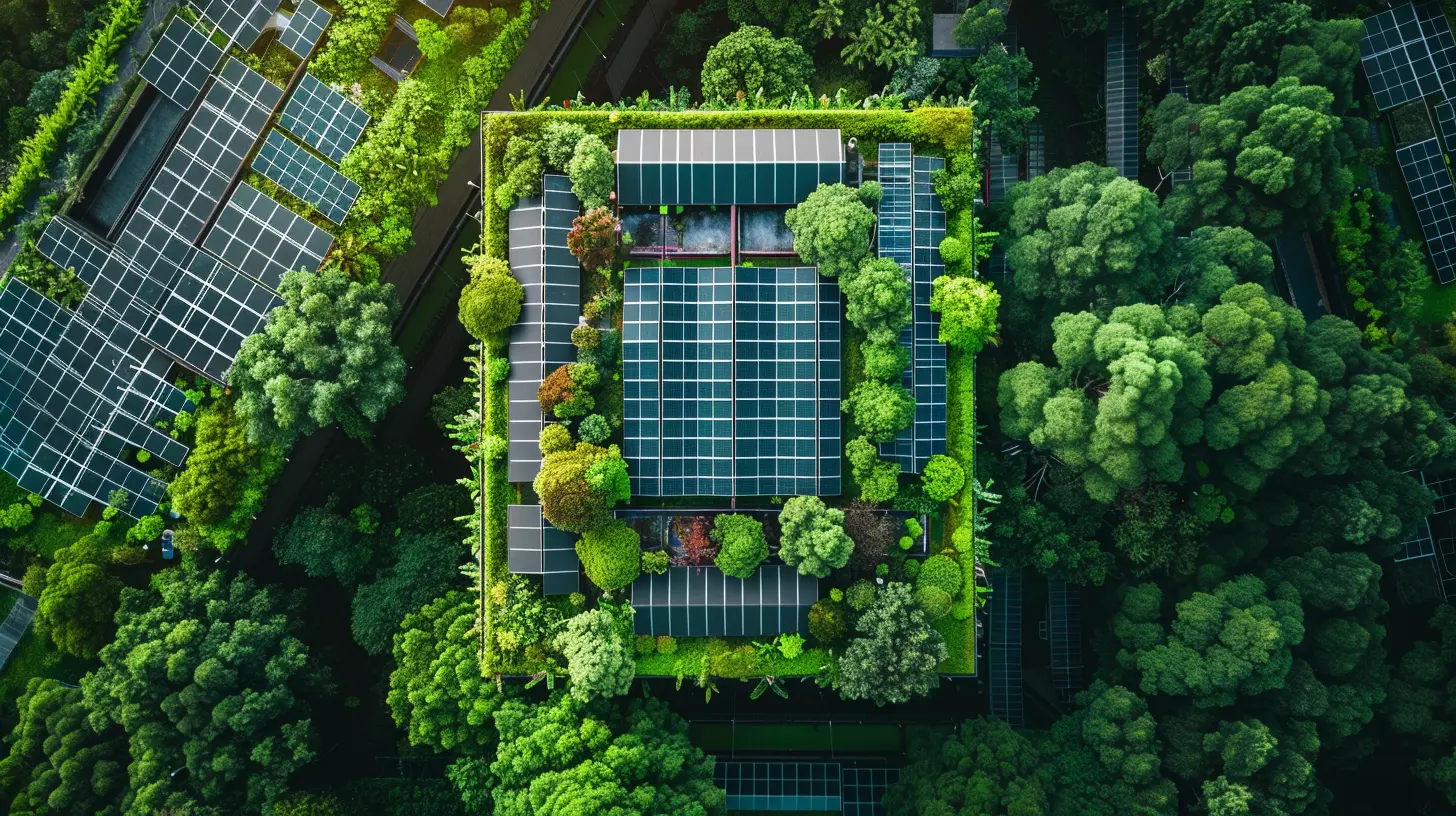
How Green Data Centers Are Making a Difference
1. Harnessing Renewable Energy
One of the biggest ways green data centers are reducing their carbon footprint is by embracing renewable energy sources. Many companies are shifting towards 100% renewable-powered facilities.Take Google, for example. The tech giant committed to using carbon-free energy 24/7 at its data centers by 2030. Instead of relying on the grid, Google is investing in solar and wind farms, ensuring that every search query and YouTube binge isn’t contributing to carbon emissions.
Microsoft is also jumping on board. With its commitment to becoming carbon-negative by 2030, its data centers are prioritizing clean energy sources and innovative battery storage for backup systems.
2. Revolutionizing Cooling Systems
Cooling is where traditional data centers waste a ridiculous amount of power. Green data centers are changing the game by implementing advanced cooling techniques such as:- Liquid Cooling – Instead of air, liquid-based cooling systems absorb heat more efficiently. Some companies, like Facebook, use water cooling to keep their servers from overheating.
- Free Air Cooling – Many data centers in colder regions use outside air to cool their systems, significantly reducing the need for traditional air conditioning.
- AI-Powered Cooling – Google has implemented AI-driven cooling that automatically adjusts temps based on demand, saving tons of energy.
3. Energy Efficiency at the Core
Another crucial strategy? Better hardware and smarter software.- Energy-Efficient Servers – Companies are now using ARM-based processors, which consume way less energy than traditional x86 processors.
- Server Virtualization – Instead of running multiple individual servers, virtualization allows businesses to run multiple workloads on fewer machines, cutting down power needs.
- Smart Energy Storage – New battery tech, like lithium-ion storage, helps reduce reliance on wasteful diesel-run backup generators.
4. Recycling and Reusing Hardware
What happens when a server reaches the end of its life? Green data centers don’t just toss them – they reuse, refurbish, or recycle the parts.For example, Amazon Web Services (AWS) has a circular economy approach, meaning they salvage old hardware, repurpose chips, and reduce e-waste in their data centers.
5. Building in Cooler Climates
Ever wondered why some tech companies build data centers in Scandinavia or Canada? It’s not just about taxes. Colder climates mean less energy needed for cooling.For example, Facebook has a data center in Luleå, Sweden, where freezing temperatures help naturally cool their servers. That means fewer fans, less energy, and a lower carbon footprint.
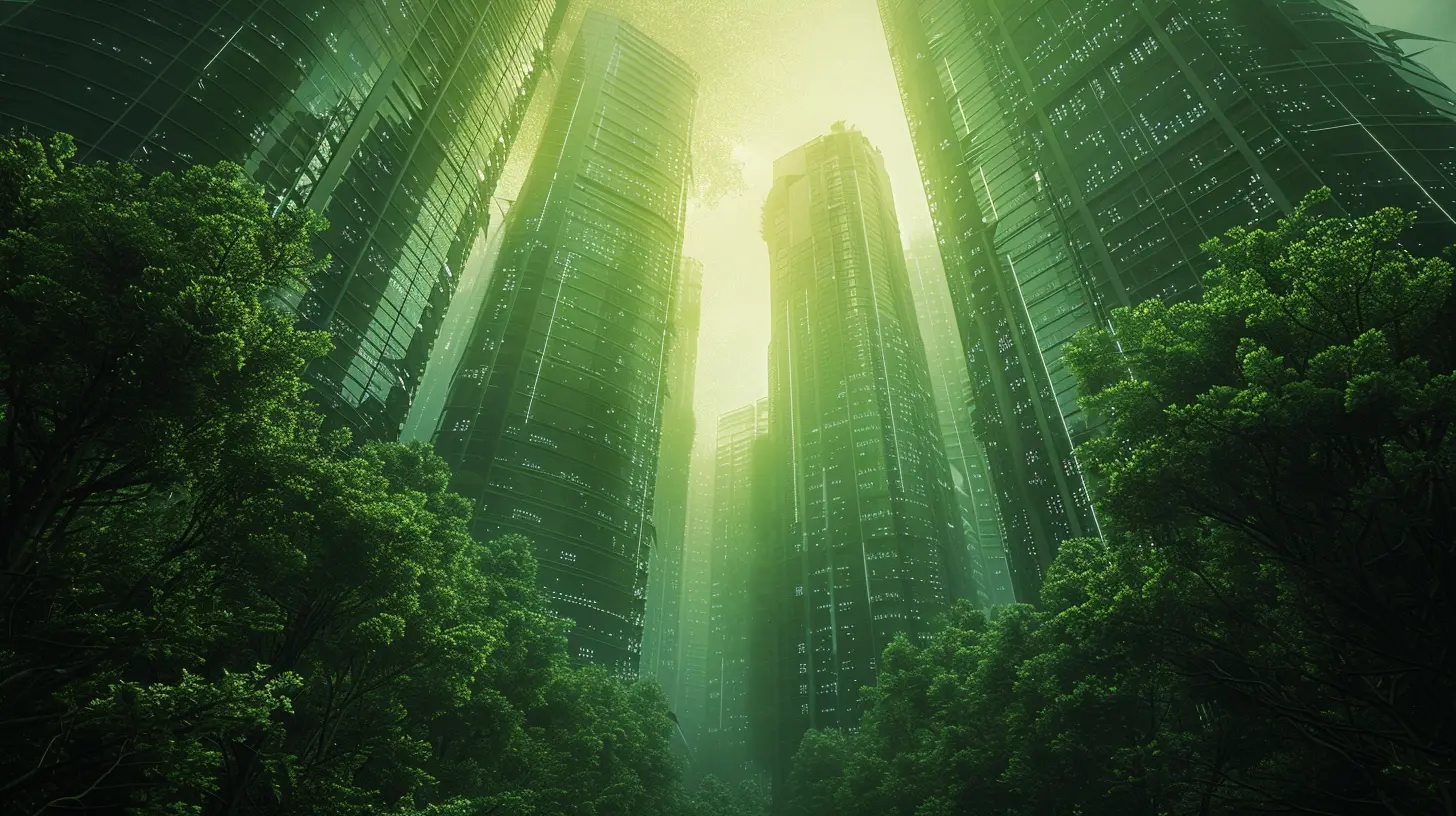
Why Should We Care?
Let’s be real—our world is going digital at breakneck speed. The more we depend on cloud computing, AI, and streaming services, the more power we consume. If data centers don’t adapt, their emissions will skyrocket.Thankfully, tech giants are recognizing their responsibility to go green. But it’s not just up to them—governments, consumers, and smaller companies need to push for sustainable solutions too.
The Future: 100% Green Data Centers?
Are we heading toward a future where every data center is green? It’s possible.With advancements in:
- AI-driven energy management
- Breakthroughs in quantum computing (which could cut power use dramatically)
- More investment in renewables
… we could see data centers completely running on sustainable energy in the next few decades.
But for that to happen, companies need to commit. Regulations must get stricter, and users like us need to demand sustainability from the services we use.
Final Thoughts
The internet isn’t going anywhere, and that means data centers will always be a crucial part of our digital lives. The good news? Green data centers are making a real difference.By switching to renewable energy, improving cooling systems, and prioritizing efficiency, these facilities are carving a path toward a cleaner, more sustainable internet.
And let’s be honest—if we can binge-watch our favorite shows without harming the planet, isn’t that a win-win?
all images in this post were generated using AI tools
Category:
Environmental TechAuthor:

Ugo Coleman
Discussion
rate this article
3 comments
Pia Hernandez
This article highlights a vital step toward sustainability in technology. Embracing green data centers not only curbs carbon emissions but also sets a positive example for the industry. Change is possible, and it's inspiring!
June 14, 2025 at 10:31 AM

Ugo Coleman
Thank you for your thoughtful comment! I completely agree—green data centers are indeed a crucial step toward a more sustainable tech industry.
Fletcher Anderson
Great insights! It's inspiring to see technology driving sustainability forward.
June 5, 2025 at 10:51 AM

Ugo Coleman
Thank you! I'm glad you found the insights inspiring. Sustainability in tech is crucial for our future!
Kane Cruz
Great insights! It's inspiring to see how green data centers are making a real difference in reducing the internet's carbon footprint. Every bit counts for a sustainable future!
June 4, 2025 at 10:24 AM

Ugo Coleman
Thank you! I'm glad you found it inspiring; every effort towards sustainability truly makes a difference!

